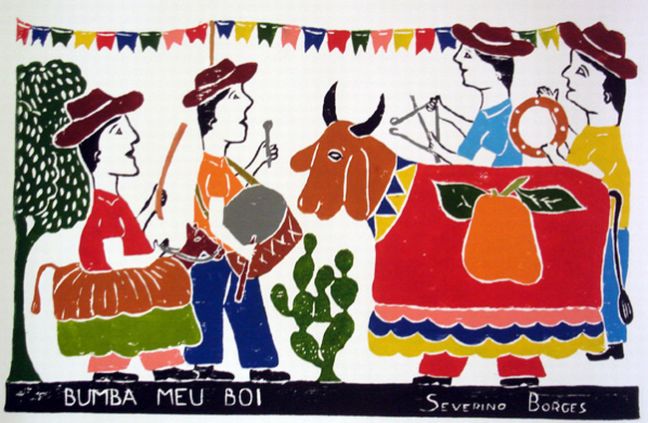Benito Cabrera
Domingo Rodríguez "El Colorao"
Totoyo Millares
Antología del Timple
2001
Tracks:
01. Benito Cabrera - El canario 02:52
02. Benito Cabrera - polka de la guagua 03:30
03. Benito Cabrera - Pequeño vals 04:33
04. Benito Cabrera - Amarraditos 03:17
05. Domingo Rodriguez "el colorao" - Isa majorera 04:07
06. Domingo Rodriguez "el colorao" - Seguidillas conejeras 03:15
07. Domingo Rodriguez "el colorao" - Tico-tico 04:05
08. Domingo Rodriguez "el colorao" - Pájaro campana 04:17
09. Totoyo Millares - Isa vieja floreada 02:39
10. Totoyo Millares - Folías de Gran Canaria 02:39
Tracks:
01. Benito Cabrera - El canario 02:52
02. Benito Cabrera - polka de la guagua 03:30
03. Benito Cabrera - Pequeño vals 04:33
04. Benito Cabrera - Amarraditos 03:17
05. Domingo Rodriguez "el colorao" - Isa majorera 04:07
06. Domingo Rodriguez "el colorao" - Seguidillas conejeras 03:15
07. Domingo Rodriguez "el colorao" - Tico-tico 04:05
08. Domingo Rodriguez "el colorao" - Pájaro campana 04:17
09. Totoyo Millares - Isa vieja floreada 02:39
10. Totoyo Millares - Folías de Gran Canaria 02:39
♫☆`*♥¸¸.•*¨*•♫☆`*♥¸¸.•*¨*•♫
♫☆`*♥¸¸.•*¨*•♫☆`*♥¸¸.•*¨*•♫
The timple is a traditional Spanish plucked string instrument of the Canary Islands.
Migrating from North Africa in the 16th century to the Canary Islands and then on to Murcia, the timple has become the traditional instrument of the Canaries.
In La Palma island and in the north of the island of Tenerife, many timple players omit the fifth (D) string, in order to play the timple as a four-string ukulele, though this is considered less traditional by players and advocates of the five-string version. The players of the four-string style, in return, say that they are simply playing the timple in the old-fashioned way from before the time when a fifth string was introduced in the late nineteenth or early twentieth century. The common tuning is GCEAD.
Algunos timples de la colección de Totoyo Millares:
TIMPLE DE CONCIERTO (abajo). Constructor: Rafael Morales (Arucas, Gran Canaria).
“EL” TIMPLE (centro). Constructor: Simón Morales Tavío (Teguise, Lanzarote).
TIMPLE TIPLE (arriba). Constructor: Agrícola Álvarez (La Laguna, Tenerife)./
Tenerife Music: The Timple
One of the most fundamental and representative elements to traditional Canarian folk music is the timple, or the Canarian guitar. Similar to a ukulele, the timple is like a miniature version of the guitar and strumming its four (or five) strings produces light, higher-pitched music.
The timple's origins are more than likely rooted in the Baroque guitar, which was introduced to Tenerife and its fellow islands after the Spanish conquest. While it was long-regarded as an accompanying instrument in traditional Canarian music, contemporary musicians like Totoyo Millares totally revolutionized the instrument and its musical possibilities by converting it into a soloist instrument. Nowadays, the timple is used to play anything from traditional Baroque to jazz and pop music.




















































%20-21%2025.jpg)












































+Front.jpg)















